In the early 2000s, when football was increasingly becoming tactical and physically demanding, one player reminded the world of the essences of joy, flair, and creativity. That player was the Brazilian maestro, whose smile was at least as famous as his stepovers. With the very thought of a dry, mechanical game creeping in, Ronaldinho financed creativity and artistry into football. While at FC Barcelona, he not only influenced the course of a game but won the hearts of millions worldwide, his playstyle being a unique blend of attractive street football and a laser-tailed efficiency at the elite level.
Revolutionary Skills: The Elastico Master
With his numerous skills, Ronaldinho was brilliant with the ball. His rapid outside-to-inside touch that would bamboozle unsuspecting defenders in a blink of an eye was trademarked as the elastico. Though the move was first seen by Rivellino and others, Ronaldinho took perfection to a different level and applied it at full speed on the big stage.
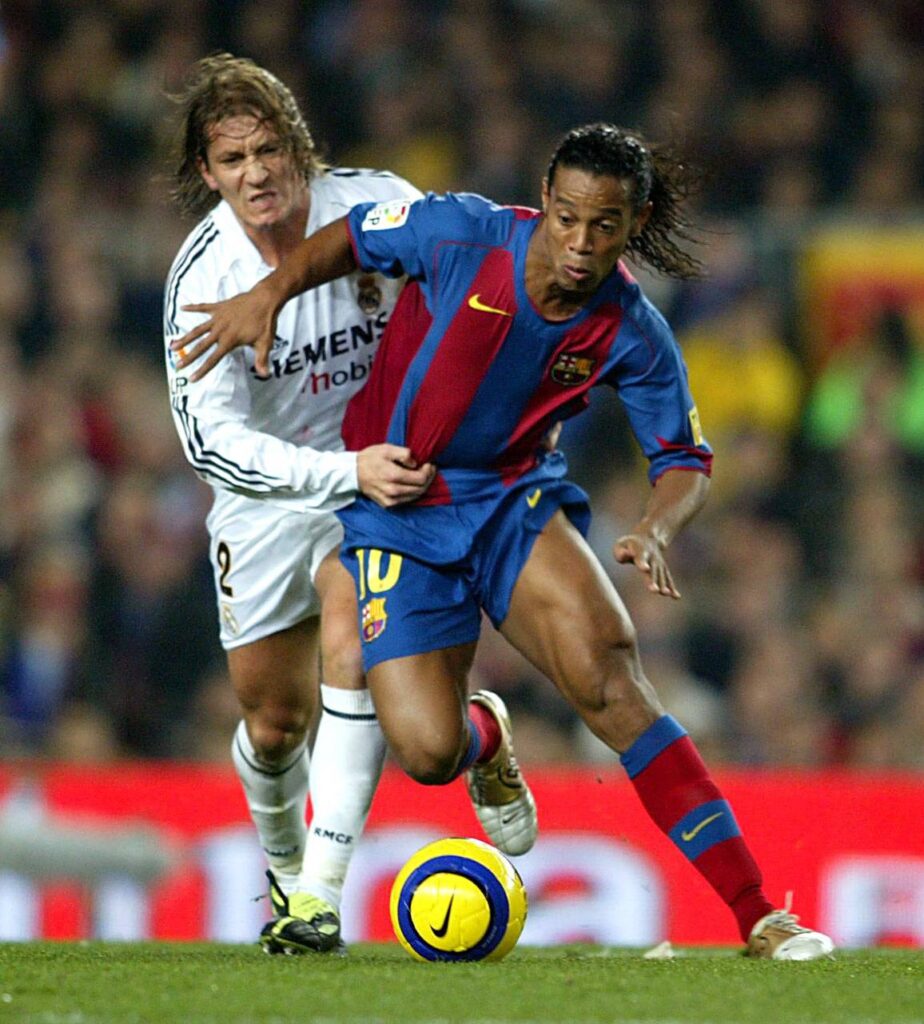
His dribbling was utterly unpredictable. He could wrap his stepovers with flicks and backheels, laced with some outrageous nutmegs-all in just one move. But the artistry stood out – not because of the gift, but for its purpose. Ronaldinho used flair not just to entertain but to gain advantage, beat defenders and create chances. He proved that skill and effectiveness could coexist.
Peak Years: Barcelona Dominance
Ronaldinho joined Barcelona in 2003, a club that was struggling both on and off the pitch. His arrival was marked as the inception of a new epoch in the life of FC Barcelona. Under Frank Rijkaard, Ronaldinho was allowed complete freedom of expression and soon became the heartbeat of the team.
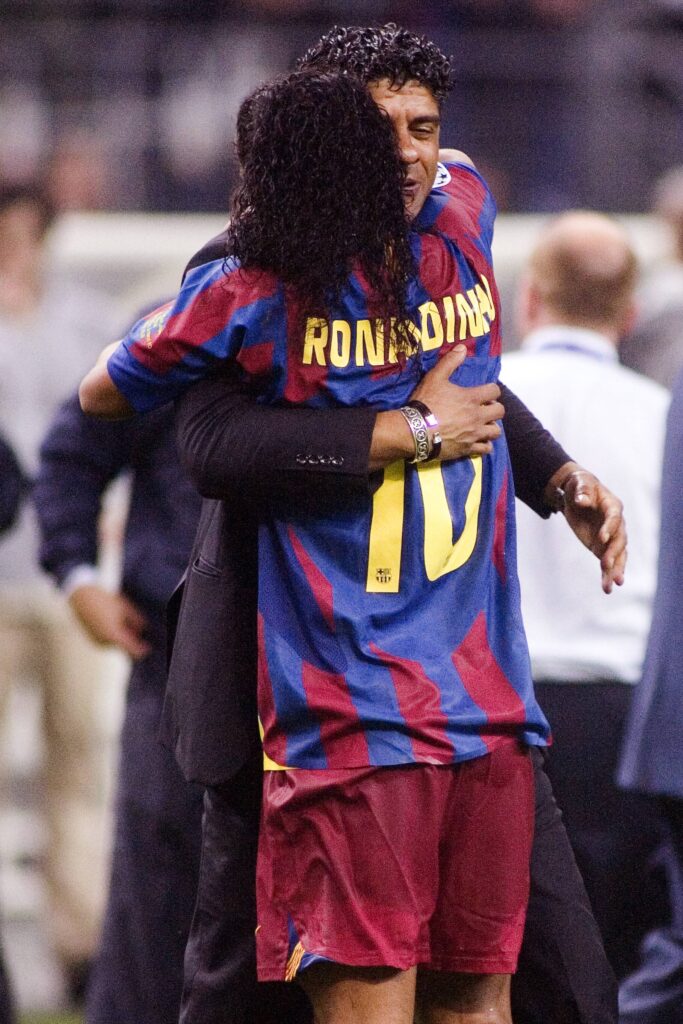
His prime was between 2004 and 2006, becoming FIFA World Player of the Year consecutively. He also brought La Liga titles for Barcelona in 2004–05 and 2005–06, and the Champions League title in 2006.
However, one of the most brilliant moments of his career came in November 2005 when he was given a standing ovation at Santiago Bernabéu for tearing Real Madrid apart with two unforgettable solo goals. The greatest opponents paid their tribute to him. That evening galvanized what many already accepted: Ronaldinho was not just a player — he was a phenomenon.
Playing Philosophy: Football as Entertainment
Ronaldinho always had a smile on his face while playing. For him, football was more than just a sport; it was an art form, much like dancing or music. Going out on the streets and futsal courts in Porto Alegre, Brazil, he developed creative skills. At the same time, Ronaldinho carries with him the mentality of street football to the greatest stages in Europe.
“I play for the fans, for the love of the game,” he once said. That attitude made him beloved across the world. His showmanship was about creating moments, not about goals and assists. His skills were defined by subtlety – be it the sly nutmeg or the cheeky overhead flick. That offered the fans the very reason to fall in love with the game.
Even in aggressive contests, he played with such quiet joviality that it felt like he was having fun on the beach with pals. That security was shared by other players who became infected with it. Lionel Messi, Deco, and Eto’o benefited greatly from the lighthearted existence and system Ronaldinho created.
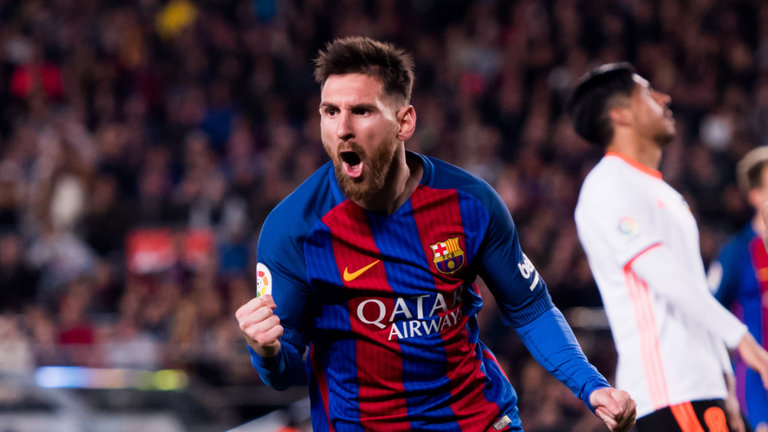
Technical Innovation: The No-Look Pass
One of Ronaldinho’s many signature moves was the no-look pass. The player himself would deceive defenders and the goalkeeper by looking in one direction while passing in another direction. This was not mere show; it was a tactical ball into Ronaldinho’s basket while working his magic in tight spaces.
The no-look pass would be used mostly by him to thread through balls and passes for goals, bisecting offensive line formations. Never seen before was its revolutionary nature, chiefly owing to how Ronaldinho used it in the heat of the moment. The defenders were never sure where the ball was going, and this split-second doubt would present chances to score.
Of course, the mere fact of being a one-of-a-kind creation allowed many others to include Ronaldinho-style no-look passes in their own plays. Among them are Mesut Özil, Philippe Coutinho, and Thiago Alcântara, showcasing how the innovation of early times blended into the technical language of contemporary football.
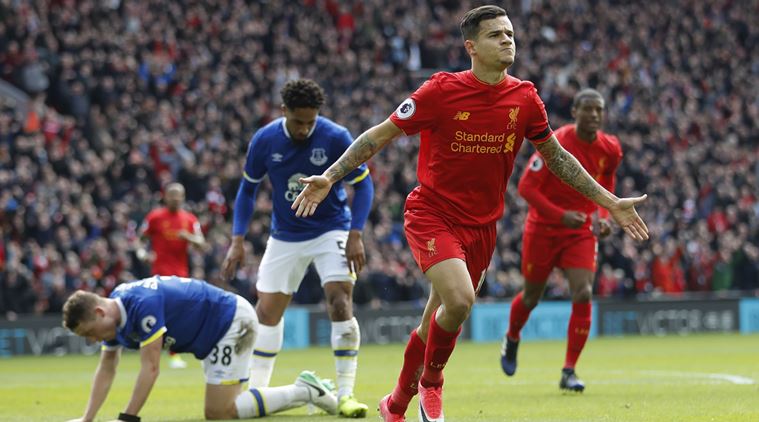
Global Impact: Inspire Next Generation
Ronaldinho’s influence stretched beyond Camp Nou; he was the global icon who inspired an entire generation of footballers and fans. Kids across Brazil, Europe, Africa, and Asia tried to replicate his moves in schoolyards and backstreets. His jerseys were among the most sold worldwide during his prime.
He inspired many of today’s stars including Lionel Messi, who trained and played alongside Ronaldinho during his teenage years. His legacy lives on in the playing styles of Neymar, Vinícius Jr., and others who combine Brazilian flair with European discipline. For many others, Ronaldinho would be seen as the ultimate example. He was proof that there was no way at all that one had to give up joy to succeed at the highest levels.
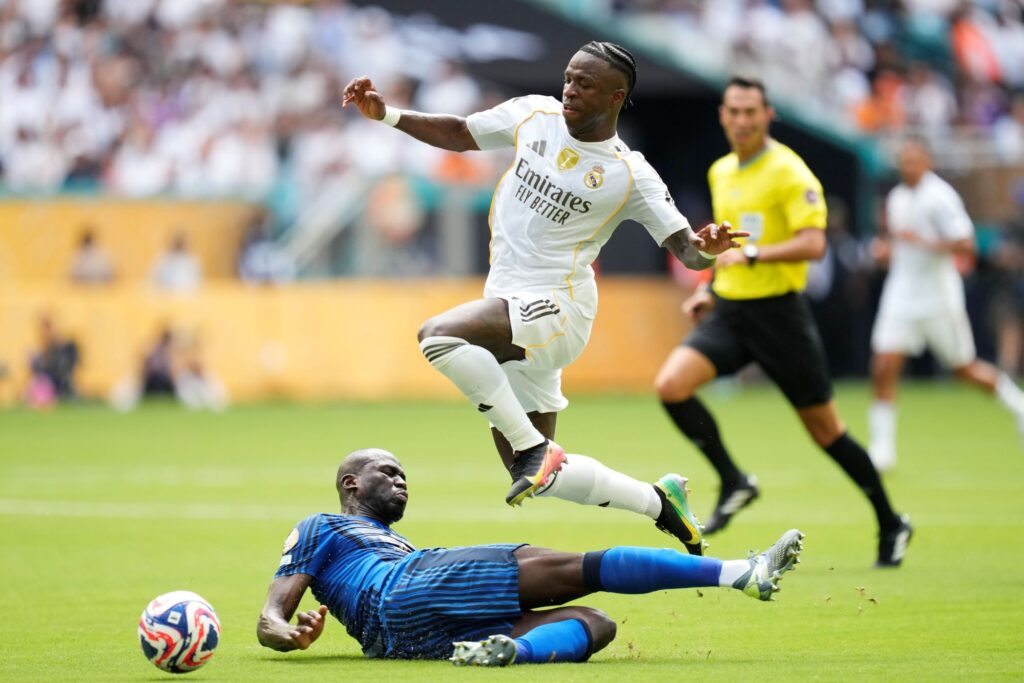
The Legacy: The Ambassador of Beautiful Football
Ronaldinho’s career may never have reached the heights of some others, but his image embodies an eternal impression. In the shortest span of years, he transformed Barcelona, fashioned the modern-day game, and made sure the world remembered: football was meant to be beautiful and fun.
He made the Ballon d’Or his own in 2005; he won league titles, and also deserved bragging rights for the 2002 World Cup with Brazil. Beyond the glitz and glitter, his legacy is felt in the feelings he stirred in people, the inspiration he provided, and the joy he gave to millions.
Today, Ronaldinho continues to be a global football ambassador. He represents not just Brazil or Barcelona but the spirit of joyful football. He is the legacy of a past in which skills counted, where the world could light up with one backheel improvisation or a smile.
